Image of 1939 Studebaker Commander, Note: These illustrations use artistic license and may differ from actual historical models.
Performance Metrics
Fundamental Metrics
Emotional Appeal
MMP Rating
| Engine Specifications | |
|---|---|
| Engine: | L-head straight-six |
| Displacement: | 226 cu in (3.7 L) |
| Horsepower: | Estimated 90 hp |
| Torque: | Not available |
| Compression Ratio: | Not available |
| Ignition System: | Battery and coil |
| Cooling System: | Water-cooled |
| Performance Specifications | |
| 0-60 Time: | Not available |
| 1/4 Mile Time: | Not available |
| Top Speed: | Estimated 75 mph |
| Transmission and Drive | |
| Drive Type: | Rear-wheel drive |
| Transmission Type: | 3-speed manual |
| Fuel and Efficiency | |
| Fuel System Type: | Carburetor |
| MPG: | Not available |
| Dimensions and Brakes | |
| Brakes: | Hydraulic drum brakes |
| Wheelbase: | 116 in (2,946 mm) |
| Weight: | Estimated 3,200 lbs |
Note: Specifications for classic cars are given to the best of our ability, considering the limited and variant data available.
1939 Studebaker Commander: A Testament to Pre-War Automotive Excellence
The 1939 Studebaker Commander is a vehicle that encapsulates the spirit of innovation and style of the late 1930s. Born from the Studebaker Corporation, an Indiana-based automaker renowned for its forward-thinking designs and robust engineering, this car emerged as a beacon of American automotive prowess on the eve of World War II. The Commander was not just a car; it was a statement of luxury and performance that reflected the ambitions of its era. A notable moment in its history was when the '39 model introduced the Planar independent front suspension, setting new standards for ride comfort.
Design and Innovation
The exterior styling of the 1939 Studebaker Commander was a harmonious blend of aerodynamics and elegance. Its sweeping lines and pontoon fenders exuded a sense of motion even at a standstill, while the iconic bullet-nose front end would become a hallmark of Studebaker design in later years. Inside, occupants were treated to an opulent environment with high-quality fabrics and an art deco-inspired dashboard that was both functional and aesthetically pleasing. Technological features such as hill holder clutch and overdrive transmission were considered cutting-edge for the time. The vehicle came in an array of color options, with Niagara Blue being among the popular choices. Body styles varied from sedans to coupes, but it was the President Eight Convertible that often stole the limelight.
Historical Significance
The 1939 Studebaker Commander's impact on automotive design cannot be overstated. It set benchmarks for comfort and handling that competitors strived to emulate. Its introduction of advanced features like the Planar suspension system distinguished it from other cars of its time, influencing future generations of vehicle design.
Performance and Handling
Underneath its stylish hood, the Commander boasted a 226 cubic inch, flathead six engine that delivered smooth performance indicative of its name. Although exact top speed and acceleration figures are elusive for this pre-war classic, it was known for respectable performance in its day. The car's handling was equally impressive; drivers often remarked on how well it navigated through challenging road conditions, thanks to its innovative suspension system. Behind the wheel, one could hear the distinct hum of its engine while enjoying a ride quality that was unparalleled among contemporaries.
Ownership Experience
The 1939 Studebaker Commander served various roles from a reliable daily driver to a coveted show car. Its robust construction meant maintenance was straightforward for those familiar with pre-war automotive technology, though parts scarcity today can pose challenges.
Fun Facts
This classic has graced many collections, including those of celebrities and has been featured in period films adding to its storied legacy. While not known for breaking speed records, it did set standards in design and comfort that would be felt long after production ceased.
Collector's Information
Today, a well-preserved 1939 Studebaker Commander can fetch a wide range in value depending on condition and provenance. With production numbers not as high as some mass-produced contemporaries, surviving examples are relatively rare. Prices have generally appreciated over time as enthusiasts seek to add this iconic pre-war vehicle to their collections.
Conclusion
The 1939 Studebaker Commander remains an enduring symbol of American automotive history—a testament to pre-war ingenuity and elegance. Its blend of style, innovation, and performance ensures its place in the pantheon of classic cars, cherished by collectors and enthusiasts alike.
1939 Studebaker Commander Catalog of Parts
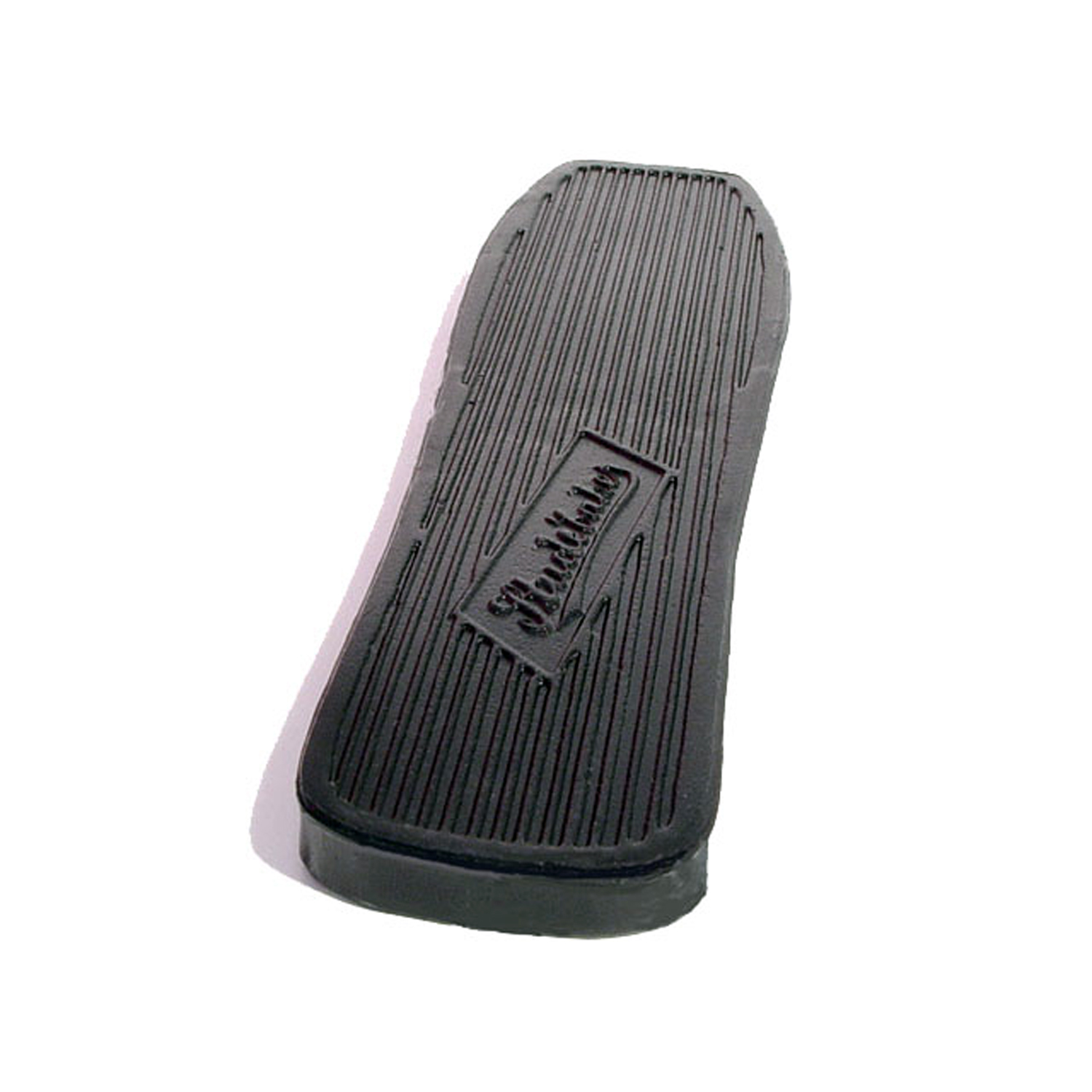 1939 Studebaker Commander Accelerator Pedal Pad, 2-3/8" X 9", Each-AP 22Accelerator Pedal Pad, 2-3/8" X 9", Each
1939 Studebaker Commander Accelerator Pedal Pad, 2-3/8" X 9", Each-AP 22Accelerator Pedal Pad, 2-3/8" X 9", Each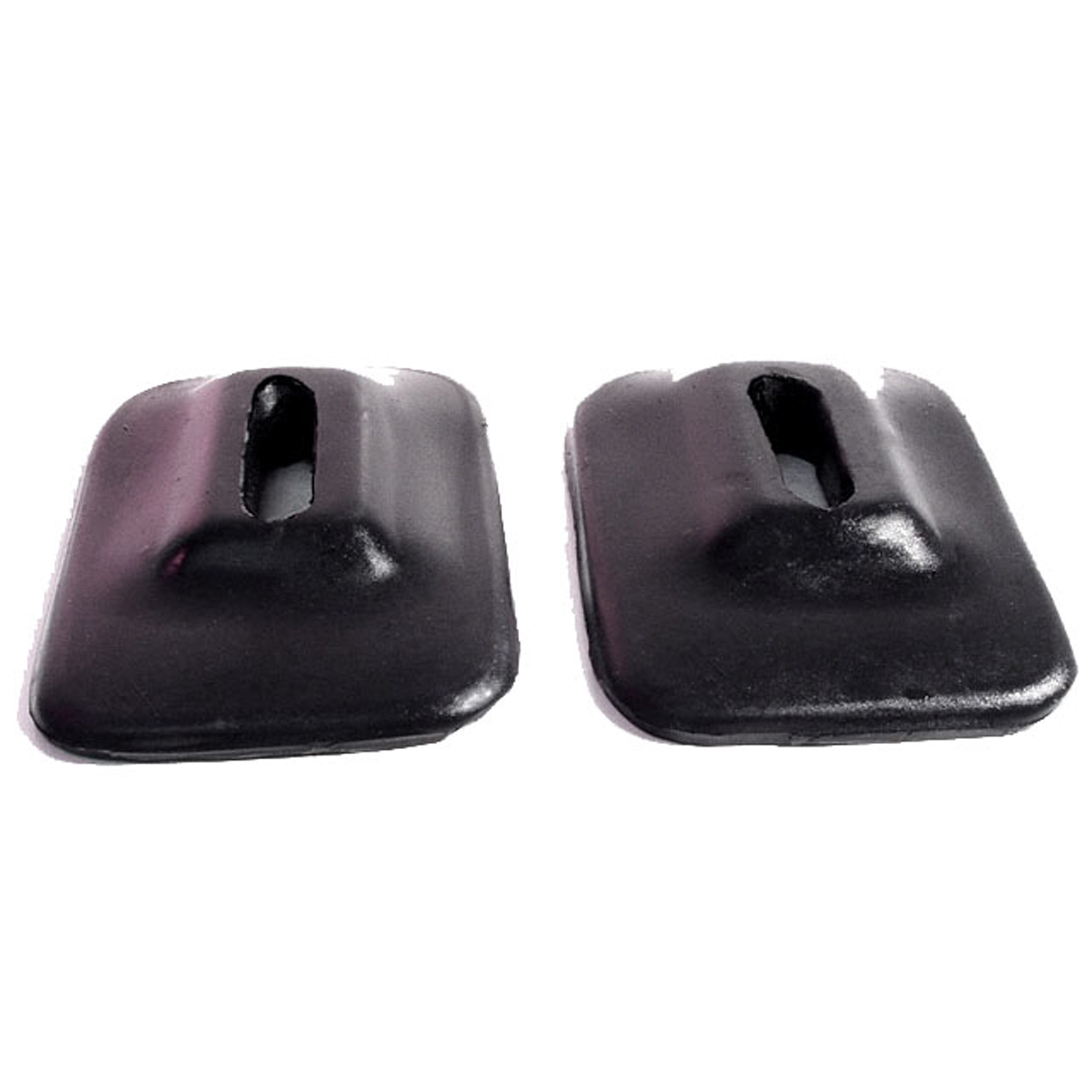 1939 Studebaker Commander Front and Rear Bumper Arm Grommets-BG 45Front and Rear Bumper Arm Grommets. 2-3/4" wide X 4-1/8" long, with 1-5/8" long inner slot. Pair
1939 Studebaker Commander Front and Rear Bumper Arm Grommets-BG 45Front and Rear Bumper Arm Grommets. 2-3/4" wide X 4-1/8" long, with 1-5/8" long inner slot. Pair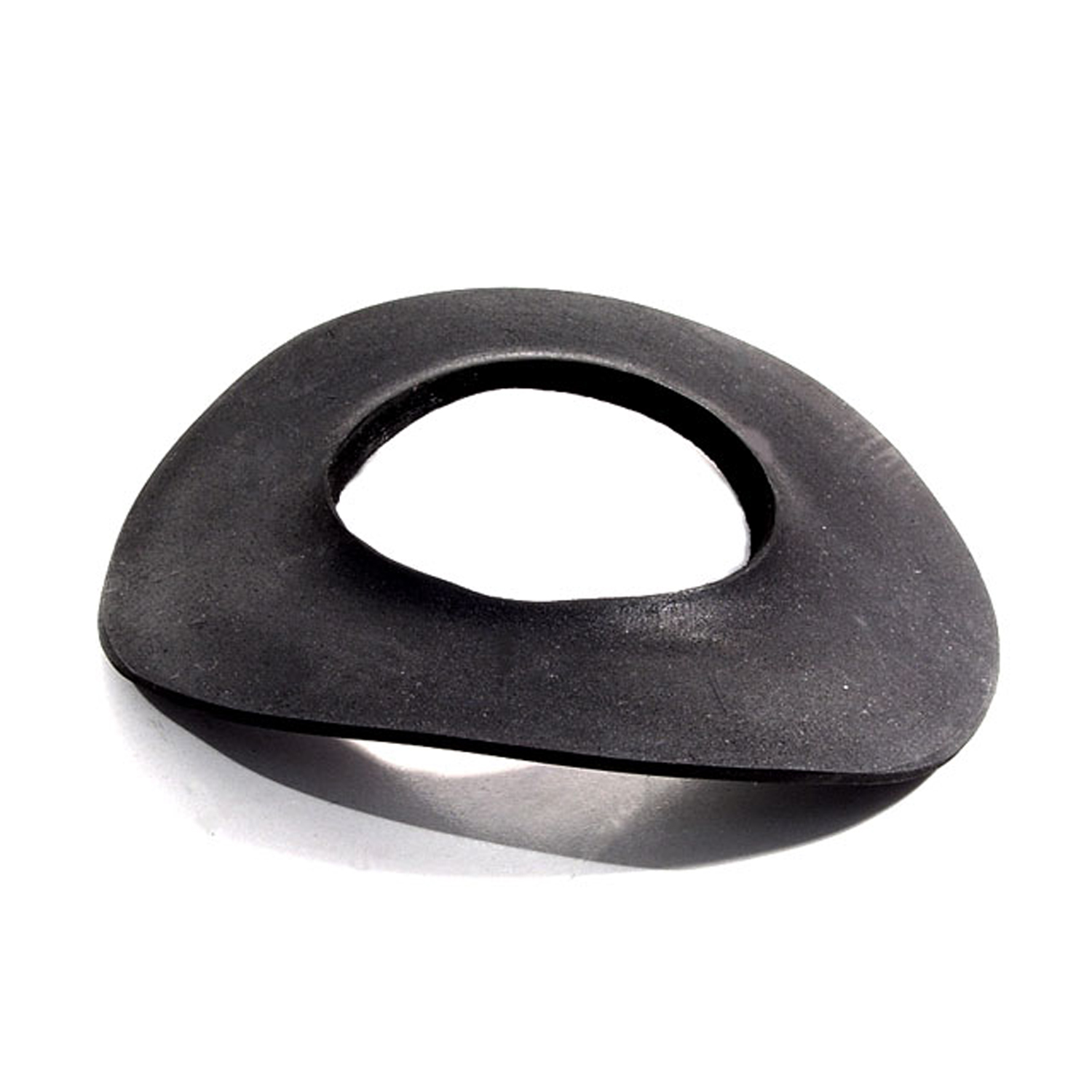 1939 Studebaker Commander Gas Filler Grommet. 1-3/4" I.D., 4" oblong length. Each-GF 6Gas Filler Grommet. 1-3/4" I.D., 4" oblong length. Each
1939 Studebaker Commander Gas Filler Grommet. 1-3/4" I.D., 4" oblong length. Each-GF 6Gas Filler Grommet. 1-3/4" I.D., 4" oblong length. Each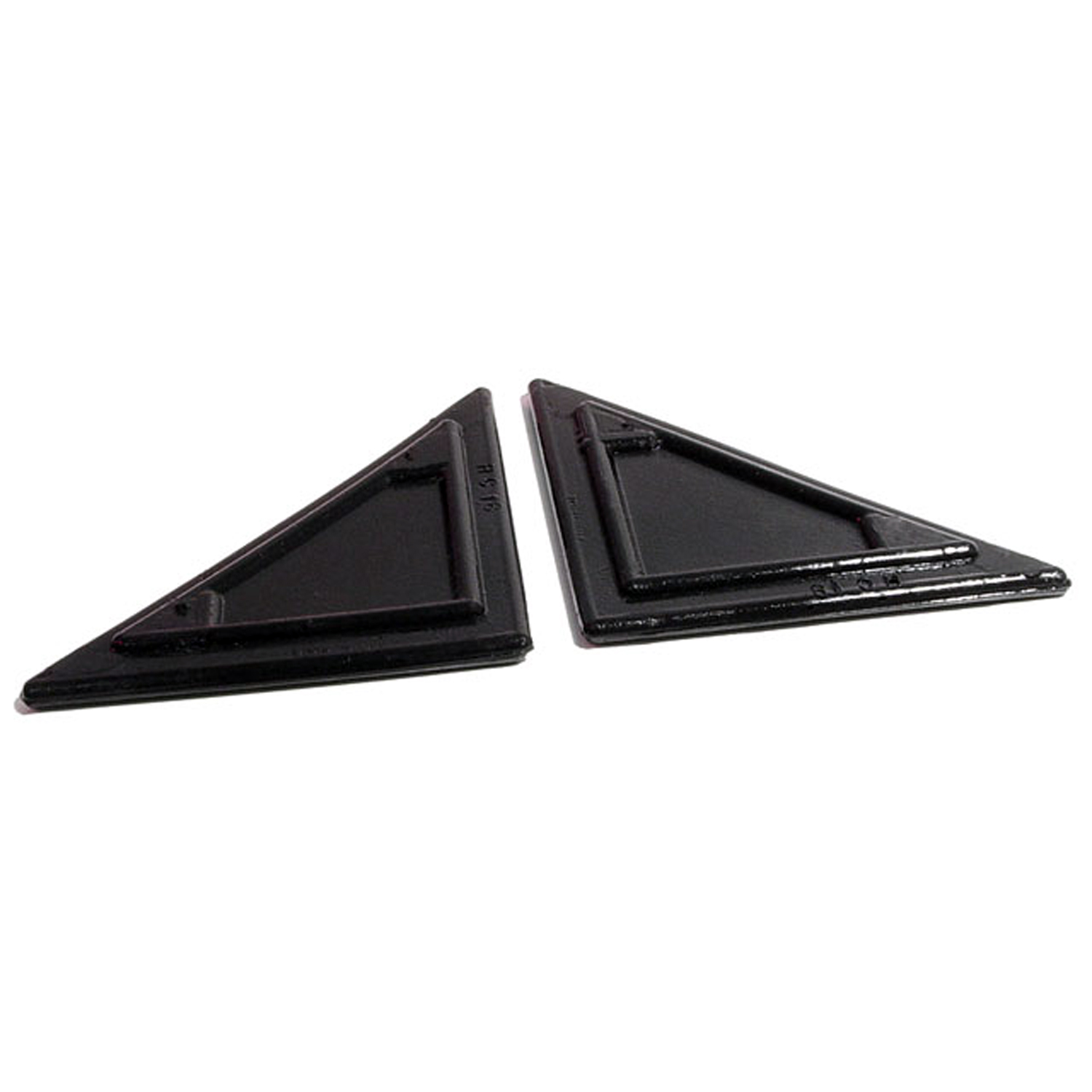 1939 Studebaker Commander Hood Corners. Original design. 2-3/4" wide. Pair-HC 18Hood Corners. Original design. 2-3/4" wide. Pair
1939 Studebaker Commander Hood Corners. Original design. 2-3/4" wide. Pair-HC 18Hood Corners. Original design. 2-3/4" wide. Pair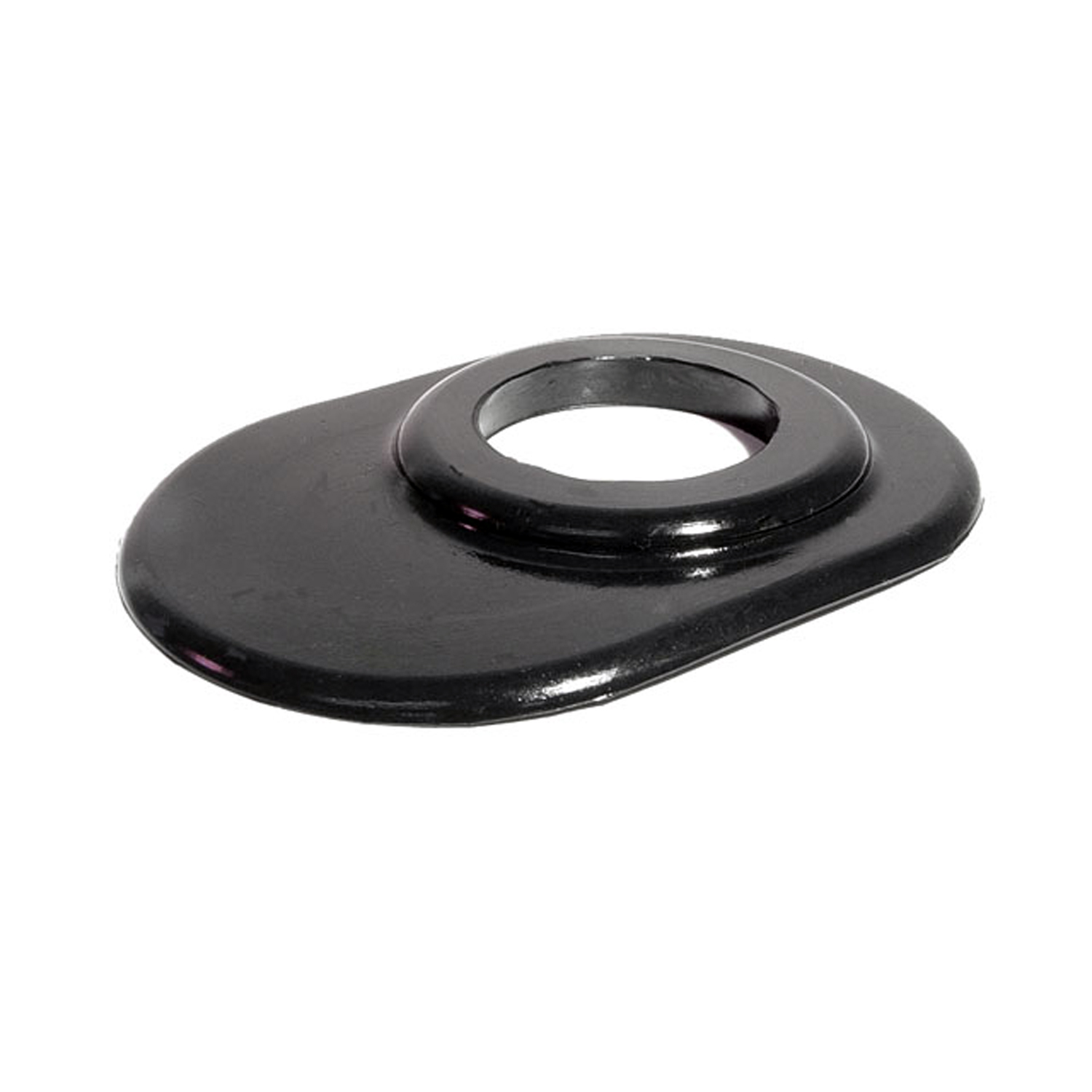 1939 Studebaker Commander Steering Column Grommet. For 4-speed models. Each-SC 24Steering Column Grommet. For 4-speed models. Each
1939 Studebaker Commander Steering Column Grommet. For 4-speed models. Each-SC 24Steering Column Grommet. For 4-speed models. Each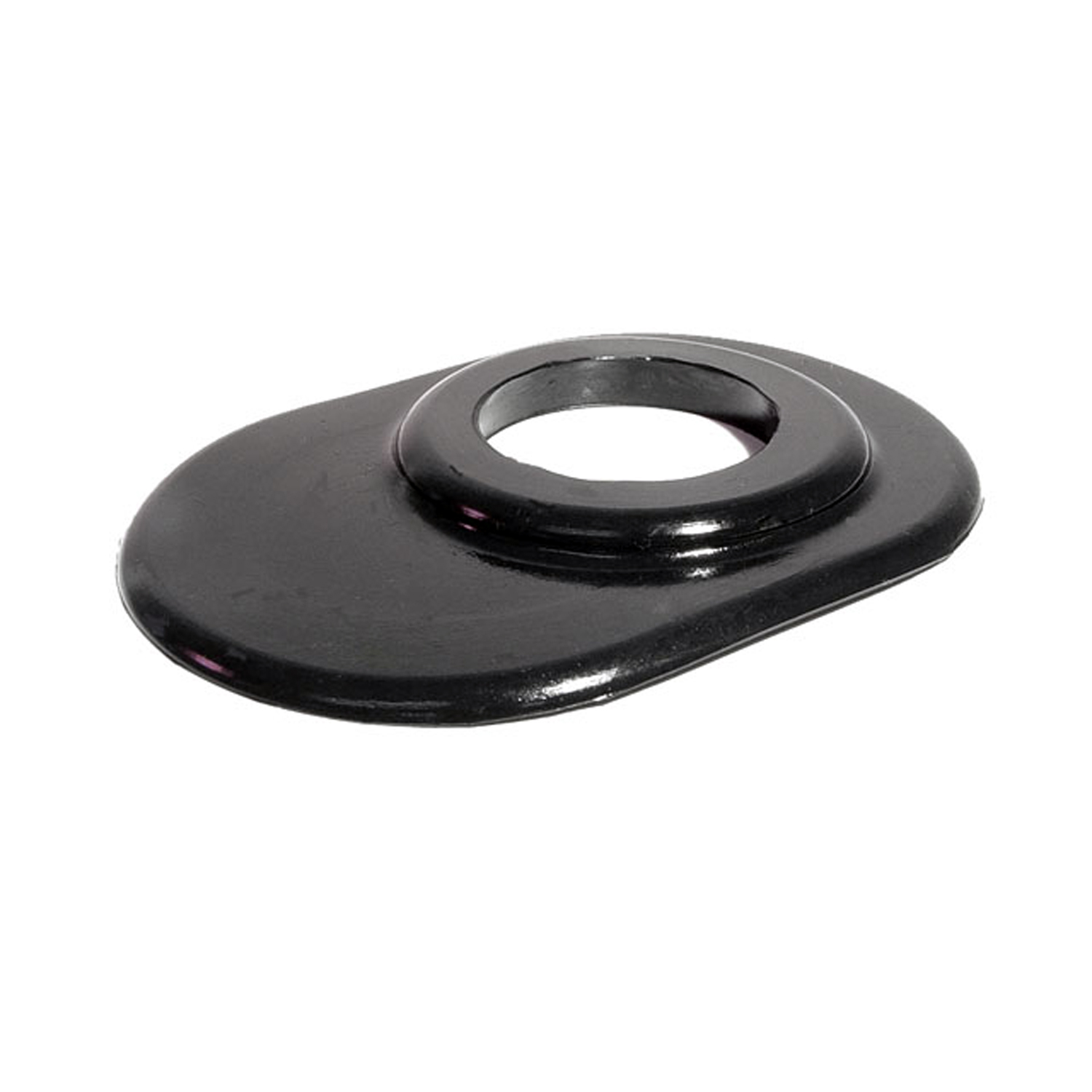 1939 Studebaker Commander Steering Column Grommet. For 3-speed models. Each-SC 24-ASteering Column Grommet. For 3-speed models. Each
1939 Studebaker Commander Steering Column Grommet. For 3-speed models. Each-SC 24-ASteering Column Grommet. For 3-speed models. Each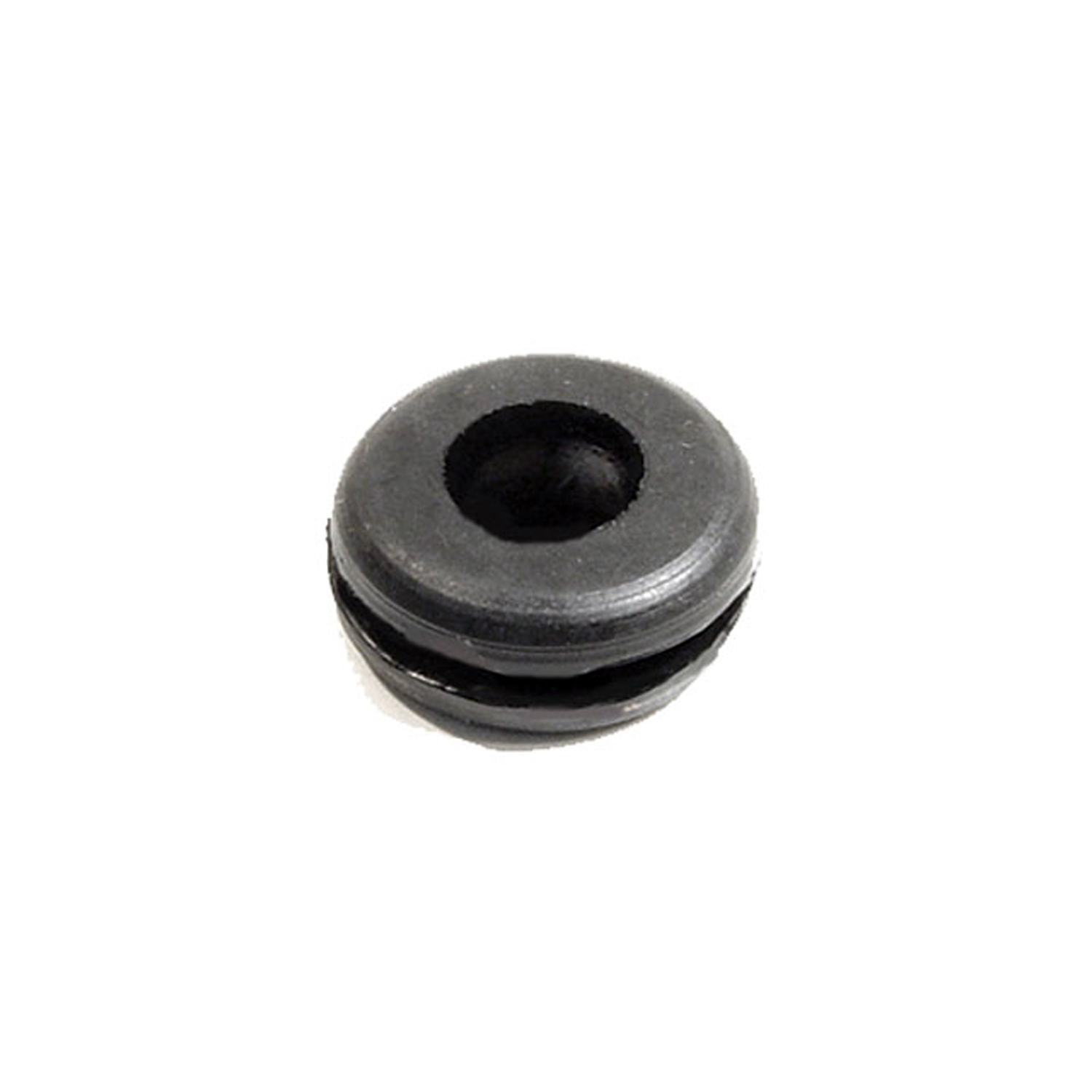 1939 Studebaker Commander Headlight & Tail-Light Wire Grommet. 3/8" I.D., 7/8" O.D-SM 13-AHeadlight & Tail-Light Wire Grommet. 3/8" I.D., 7/8" O.D. Each
1939 Studebaker Commander Headlight & Tail-Light Wire Grommet. 3/8" I.D., 7/8" O.D-SM 13-AHeadlight & Tail-Light Wire Grommet. 3/8" I.D., 7/8" O.D. Each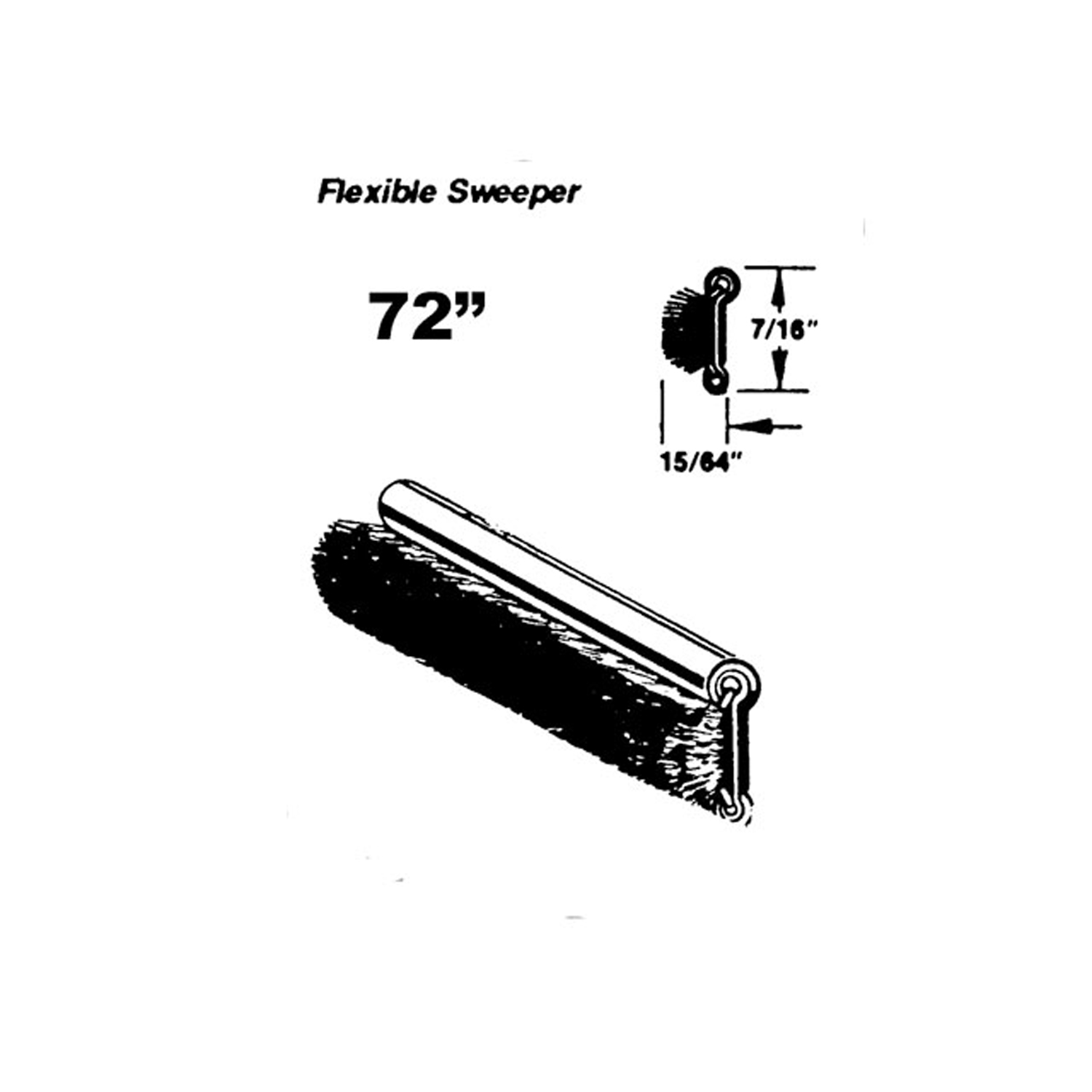 1939 Studebaker Commander Flexible sweeper. Made with stainless steel bead-WC 8-72Flexible sweeper. Made with stainless steel bead. Used on inner and outer beltlines. Also forms easily for use with sliding quarter windows. 72 in. long. Each. NOTE: $20 special shipping charge applies for domestic orders. Call or email for overseas shipping costs. Part can be sectioned into two equal lengths to reduce overseas shipping costs.
1939 Studebaker Commander Flexible sweeper. Made with stainless steel bead-WC 8-72Flexible sweeper. Made with stainless steel bead. Used on inner and outer beltlines. Also forms easily for use with sliding quarter windows. 72 in. long. Each. NOTE: $20 special shipping charge applies for domestic orders. Call or email for overseas shipping costs. Part can be sectioned into two equal lengths to reduce overseas shipping costs.Why Choose Metro?
For over 100 years, Metro Moulded Parts has been the pinnacle of quality in classic car restoration parts. Our commitment to precision and authenticity in every component ensures a perfect fit and an OEM-level appearance.
- Expert Craftsmanship & Quality: Each part is a testament to our dedication to reliability and perfection, crafted from original designs and thoroughly tested.
- Advanced Technology: We use cutting-edge techniques to create flawless, long-lasting parts that surpass others in performance.
- SuperSoft Sponge – The Ultimate Door Seal: Not only are our door seals 30% softer than competitors', but they're also guaranteed to never leak. They effectively reduce wind and road noise, enhancing your classic car's comfort and driving experience.
- Proudly American: Our parts are a product of American craftsmanship, made in the USA with a spirit of excellence and heritage.
- Unrivaled Warranty: We back our products with a 30-year industry-leading warranty, a testament to our confidence in their quality.
Join us in preserving the legacy of classic cars with parts that are crafted for perfection, not just made.

